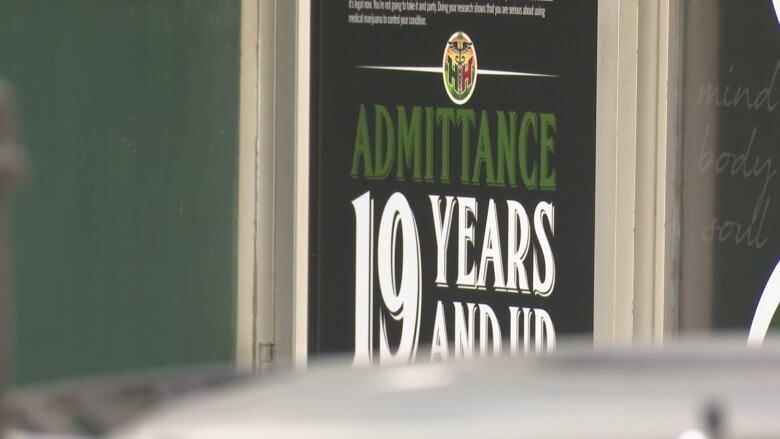Phasing out medical cannabis would leave pediatric patients in the lurch
The Canadian Medical Association has floated the idea of eliminating the medical cannabis access system

Physicians in Canada are prescribing cannabis. They have been doing so for years, and will likely continue to do so after recreational cannabis is legalized this fall. But the Canadian Medical Association (CMA) says that doctors in Canada want to see the phasing out of the medical cannabis access program once pot is legalized. And no doubt, some do.
But this position is shortsighted, for all sorts of reasons. First off, over 13,000 of the CMA's own members are currently prescribing cannabis in their practices, and over 296,000 Canadians across the country regularlyuse cannabisfor a medical condition.
The CMA's position on cannabis for medical purposes is that there is "insufficient evidence on risks and benefits, the proper dosage and potential interactions with other medication." However, this view ignores thousands of peer-reviewed journal articles and studiesthat provideevidence of the efficacy ofcannabis use for some medical conditions chronic pain, as one example.While we do not deny that more clinical studies are needed, surely the publishing of over10,000 peer reviewed articles signals that the use of cannabis in medical treatment is not some fringe endeavour.
There are numerous risks in eliminating a medical stream of cannabis access risks thatinclude things like the loss of guidance around dosing and administration, contraindications to cannabis use, screening for dependency risk and potential drug interactions. Essentially, it ignores the realities physicians are facing on the ground.
Cannabis for pediatric patients
But there's one critical topic that has been left completely out of consideration regarding the issue of narrowing cannabis access to just the recreational stream: youth under the legal age of access.
Currently, pediatric populations can access cannabis legally through the Access to Cannabis Medical Purposes Regulations (ACMPR), which does not specify a minimum age of access. While most provincial physician colleges recommend not prescribing to young people under the age of 25, it is up to physician discretion.
But if we were to dissolve the ACMPR, there would be no mechanism for physicians to prescribe cannabis for pediatric patients. The Cannabis Act, which will legalize recreational marijuana inOctober, makes it a criminal offence to give cannabis to minors and includes a maximum penalty of up to 14 years in prison. So if cannabis is phased out of the medical stream, and access for children and youth is prohibited under the recreational stream, how will these young patients get access to the cannabis treatments they need?TheCMA, to our knowledge, has yet to acknowledge this quagmire.

Many families currently rely on cannabis to treat a variety of issues affecting theirchildren, such as epilepsy, autoimmune diseases and cancer. There are also families that turn to cannabis for conditions that lack therapeutic options and are not understood rare genetic conditions such as Dravet syndrome, for which a recent randomized controlled trial showed positive results.
Studying medical cannabis
Other professional health care bodies,such asthe Canadian Nurses Association and the Canadian Pharmacists Association, continue tosupport a separate medical stream for cannabis. TheCanadian Pharmacists Association, in fact, launched a foundationalcannabis course in 2017, a program that has since expanded to keep its members up to date with the changing regulatory landscape and evidence around cannabis as medicine.
The CMA, however, continues to lag behind. The therapeutic use ofcannabis is not taught in medical schools,and many physicians simply do not feel equipped to authorize medical cannabis for their patients due to their lack of education on the subject. Eliminating the medical access stream will likely make this worse.
And pediatric patients and their parents will be the ones who struggle most. While we continue to advocate for, participate in and lead the development of ongoing research around the medical and instrumental uses of cannabis, when it comes to the CMA's position on the medical cannabis program in Canada please consider the children.
Jenna Valleriani, PhD, is a postdoctoral fellow in Vancouver who studies cannabis and vulnerable populations, and a strategic advisor for Canadian Students for Sensible Drug Policy.
Dr. Caroline Maccallum is an internal medicine specialist with expertise in complex pain and cannabis. She is also a clinical instructor in the Department of Medicine at UBC and medical director at Greenleaf Medical Clinic.
This column is part ofCBC'sOpinion section.For more information about this section, please read thiseditor'sblogandourFAQ.












_(720p).jpg)


 OFFICIAL HD MUSIC VIDEO.jpg)
.jpg)



























































































